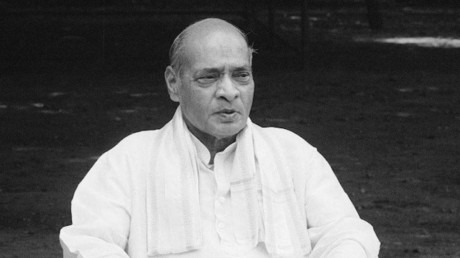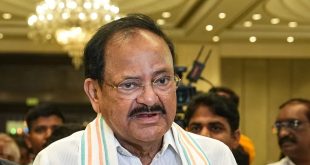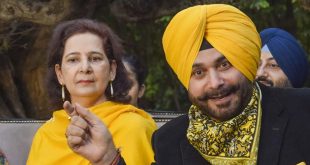Bharat Ratna PV Narasimha Rao: Unraveling the Enigma
In a surprising move, the Modi government recently announced conferring the Bharat Ratna on former Prime Minister PV Narasimha Rao, plunging the Congress party into a peculiar dilemma. As an opposition force, should they criticize the government’s decision or commend their leader’s posthumous recognition? The spotlight on Rao by the Bharatiya Janata Party (BJP) has intensified, especially when discussions veer towards economic reforms. Let’s delve into the intricate relationship between Rao, the Gandhi family, and the controversies surrounding his tenure.
Rao and the Gandhi Family Dynamics
The Aftermath of Economic Reforms
The early 1990s witnessed a surge in popularity for Prime Minister Narasimha Rao, primarily due to the rapid economic reforms undertaken during his tenure. However, Congress, particularly the Gandhi family, was hesitant to credit Rao entirely. Sonia Gandhi’s statement linking economic reforms to Rajiv Gandhi’s 1991 election manifesto adds an interesting layer to the narrative.
Rao and the Ayodhya Episode
The Congress party faces criticism for its perceived involvement in the Ayodhya incident of 1992, with many within the party acknowledging Rao’s indirect role. This event has raised questions about Congress’s stance during challenging times and has become a topic of heated debate.
Subhash’s Perspective
In 2019, Rao’s grandson, NV Subhash, shed light on the Congress party’s treatment of Rao. Despite offering guidance on various issues, Rao faced neglect from the party. Subhash recounted the challenges faced in transporting Rao’s body to Hyderabad, highlighting the strained relations between Rao and the Gandhi family.
The Night of Rao’s Passing
Vinay Sitapati, in his book ‘The Half-Lion,’ vividly describes the night of Rao’s demise. Rao, adorned in a white dhoti and a golden silk kurta, passed away on December 23, 2004. The political atmosphere that ensued, with Chandraswami’s presence and the subsequent political maneuvering, sheds light on the complexities of handling a leader’s passing.
The Dispute over Last Rites
The choice of the final resting place became a bone of contention. While Rao’s family wished for Delhi, where he had spent the later part of his life, Shivaraj Patil, the then Home Minister, insisted on Hyderabad, emphasizing Rao’s prolonged association with Andhra Pradesh.
PV Narasimha Rao’s story is a tapestry of political intrigue, economic transformation, and strained relations within the Congress party. As the government’s decision to honor him with Bharat Ratna raises eyebrows, it also rekindles discussions about the past, both the achievements and the controversies.
 Suspense Crime Sach Ka Dam
Suspense Crime Sach Ka Dam



